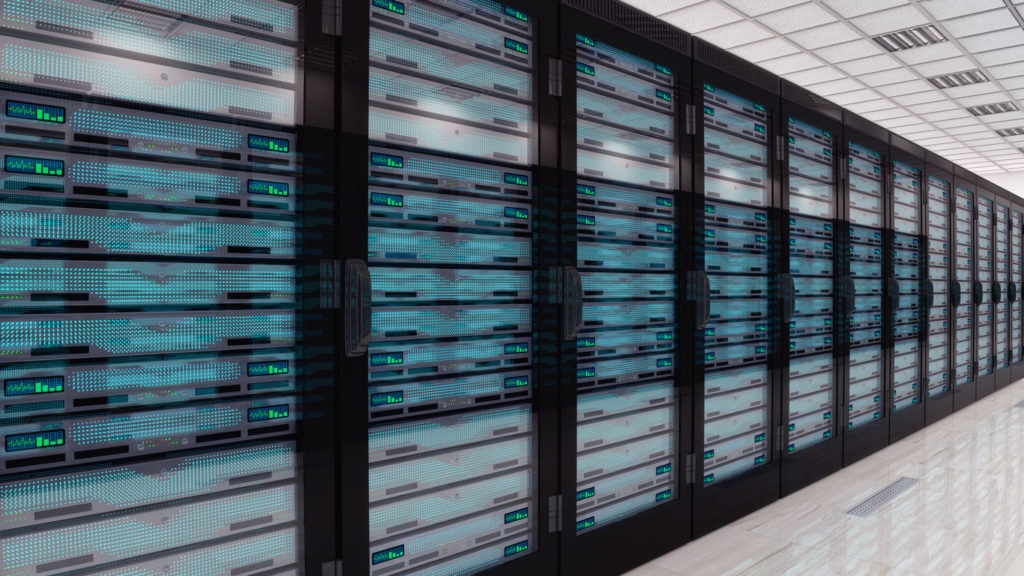|
Type |
Description |
ID |
Source |
Use Case |
|
AUDIT |
Event Log was Cleared Audit Log was Cleared |
104 1102 |
Microsoft-Windows-Eventlog |
Attempt to hide malicious activities |
|
APPLICATION |
App Error App Hang |
1000 1002 |
Application Error Application Hang |
Attempt by malware to interact with an application |
|
APPLOCKER |
AppLocker Block AppLocker Warning |
8003, 8004 8006, 8007 |
Microsoft-Windows-AppLocker |
Attempt to violate usage policy on the system |
|
SYSTEM/ SERVICE FAIL |
Windows Service Fails/Crashes |
7022, 7023, 7024, 7026, 7031, 7032, 7034 |
Service Control Manager |
Repeated failures on the same systems, particularly high value assets could indicate a compromise |
|
KERNEL |
Detected an invalid image hash of an image file Detected an invalid page hash of an image file Code Integrity Check Failed Kernel Driver Loading |
5038 6281 3001, 3002, 3003, 3004, 3010, 3023 219 |
Microsoft-Windows-Security-Audit Microsoft-Windows-Security-Audit Microsoft-Windows-CodeIntegrity Microsoft-Windows-Kernel-PnP |
Insertion of malicious code or drivers into the kernel |
|
SOFTWARE/ SERVICE INSTALL |
New Kernel Filter Driver New Windows Service |
6 7045 |
Microsoft-Windows-FilterManager Service Control Manager |
Changes to software on critical assets outside of scheduled maintenance windows |
|
WINDOWS DEFENDER |
Detected Malware Action on Malware Failed |
1006 1008 |
Microsoft-Windows-Windows-Defender |
Obvious! |
- Identify which events should be monitored for critical assets versus all endpoints
- Identify those events that should be tracked at various times of the day
- Identify events that should trigger an immediate action, such as send an email to an admin; these may be tied to a task directly from the Windows Event Viewer or a series of events can be configured as triggers for alerts via the Task Scheduler

- If I don’t use features such as AppLocker or Defender, should I investigate their applicability?

- Understand which events should be prioritized in terms of reaction and remediation
- What events or combinations of events are considered alerts, and which are providing contextual information?
- What events need to be tied to thresholds that make a clear distinction between normal versus threat?
- Do I need to have a policy for threat detection and a process for collecting audit information?
Recommended Reference:
Spotting the Adversary Through Windows Event Log Monitoring
https://www.nsa.gov/ia/_files/app/spotting_the_adversary_with_windows_event_log_monitoring.pdf




